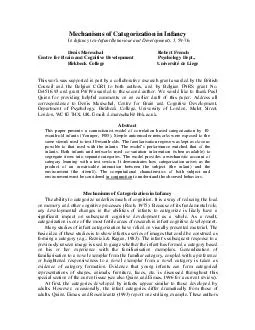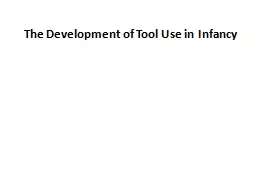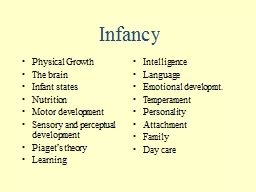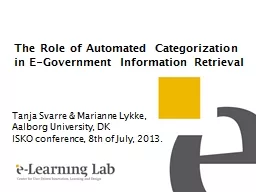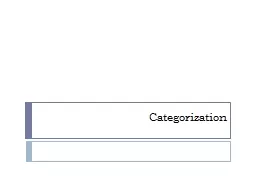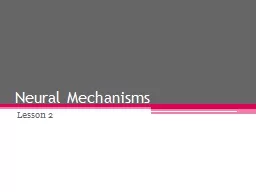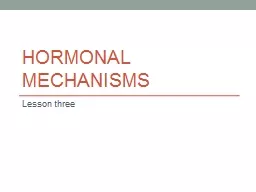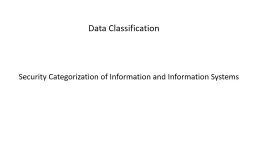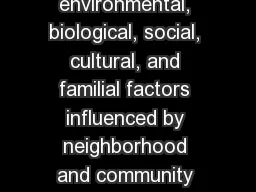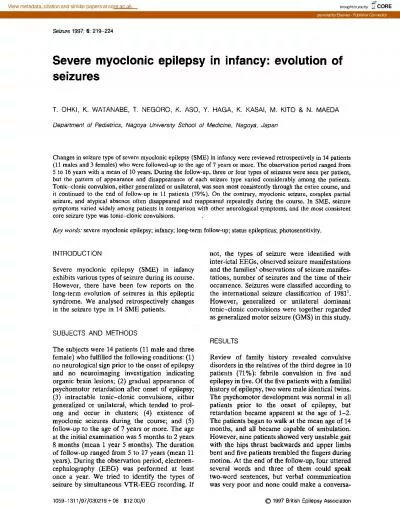PDF-Mechanisms of Categorization in InfancyIn Infancy (ex-Infant Behaviour
Author : debby-jeon | Published Date : 2016-05-06
Mechanisms of Categorization in InfancyThe ability to categorize underlies much of cognition It is a way of reducing the loadon memory and other cognitive processes
Presentation Embed Code
Download Presentation
Download Presentation The PPT/PDF document "Mechanisms of Categorization in InfancyI..." is the property of its rightful owner. Permission is granted to download and print the materials on this website for personal, non-commercial use only, and to display it on your personal computer provided you do not modify the materials and that you retain all copyright notices contained in the materials. By downloading content from our website, you accept the terms of this agreement.
Mechanisms of Categorization in InfancyIn Infancy (ex-Infant Behaviour: Transcript
Download Rules Of Document
"Mechanisms of Categorization in InfancyIn Infancy (ex-Infant Behaviour"The content belongs to its owner. You may download and print it for personal use, without modification, and keep all copyright notices. By downloading, you agree to these terms.
Related Documents

